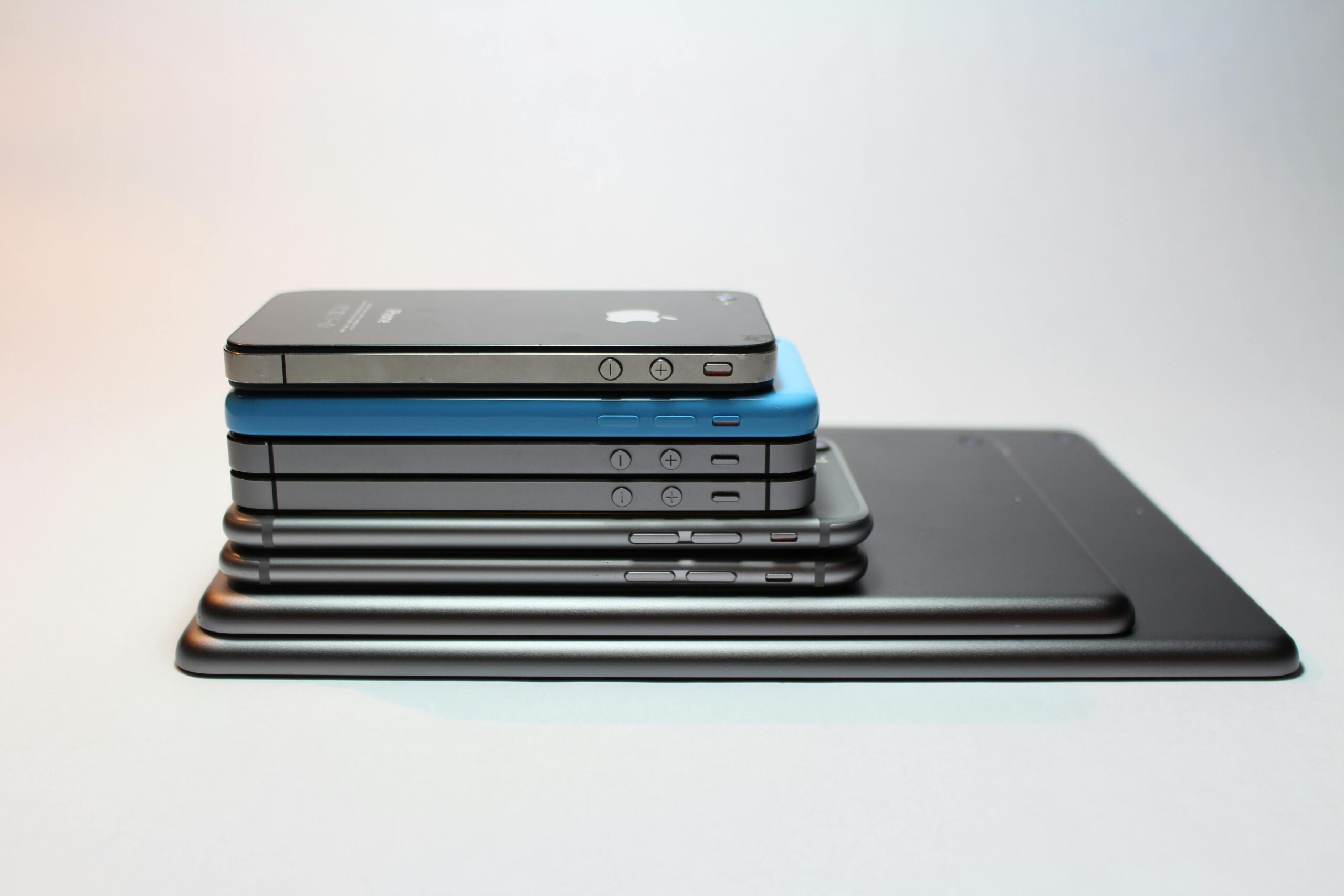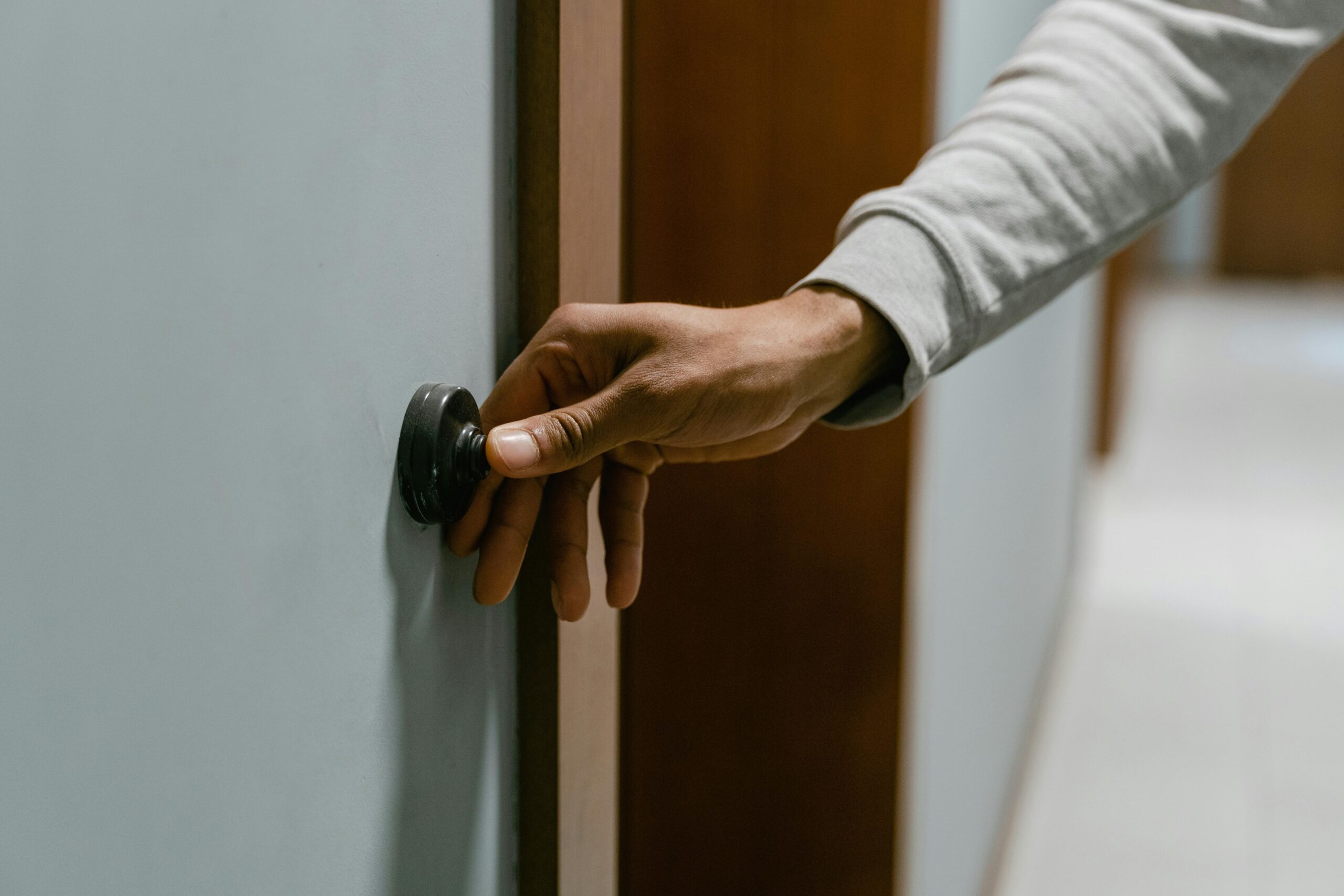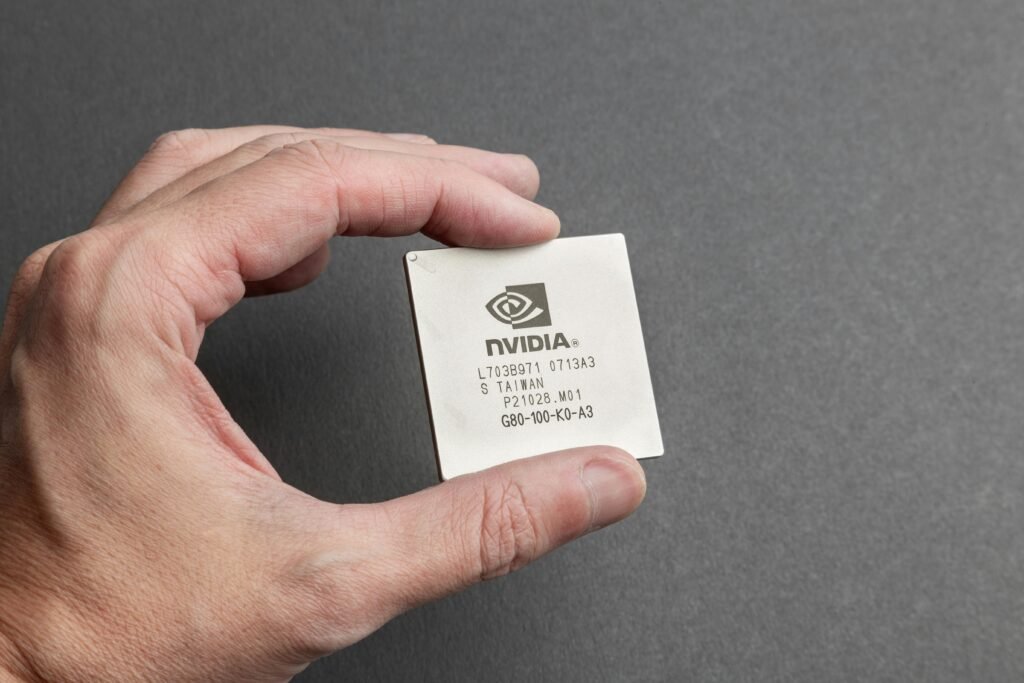Ever felt like your gaming tablet’s touch response was slower than a sloth on vacation? You’re not alone. Whether you’re swiping through Fortnite or tapping furiously in PUBG, touch response latency can make or break your gaming experience. In this ultimate guide, we’ll dive deep into what causes laggy inputs and how to choose the best gaming tablet with razor-sharp responsiveness.
Here’s what you’ll learn:
- What exactly is touch response latency?
- How it impacts your gaming performance.
- Actionable tips for picking a top-notch gaming tablet.
- Real-world examples and why some devices outperform others.
Table of Contents
- Key Takeaways
- Why Does Touch Response Latency Matter?
- How to Pick the Best Gaming Tablet for Low Latency
- 6 Tips for Minimizing Latency While Gaming
- Real Devices That Shine (and Fail)
- Frequently Asked Questions About Touch Response Latency
- Conclusion: Winning the Gaming Tablet Game
Key Takeaways
- Touch response latency measures the time between your tap and the screen’s reaction.
- Lower latency improves precision and gameplay experience in fast-paced games.
- Gaming tablets with high refresh rates and adaptive sync tech perform better.
- Even the best gaming tablets need proper maintenance to minimize delays.
Why Does Touch Response Latency Matter?

Let’s rewind to one epic fail moment in my gaming days. Picture this: I’m mid-battle in Call of Duty Mobile, sneaking up behind an opponent. *Swipe*. Nothing happens. I swipe again—still nothing. By the time my character finally turns, I’ve been headshot—not once, but three times.
Grumpy Me:* “What just happened?”*
Spoiler alert: My tablet’s touch response latency was trash. For competitive gamers, even milliseconds of delay can mean life or death in virtual battles. So, what exactly causes this infuriating glitch?
- Screen Refresh Rate: Slower panels take longer to register input.
- Processor Speed: A sluggish CPU = delayed reactions.
- Software Optimization: Buggy updates might sabotage smooth interactions.
To avoid these disasters, let’s talk about choosing the right device.
How to Pick the Best Gaming Tablet for Low Latency

Step 1: Check the Display Specs
Optimist You:* “Look for tablets with at least a 120Hz refresh rate!”*
Grumpy You:* “And don’t forget adaptive sync tech—it’s chef’s kiss for smoothing things out during intense gameplay.”*
Step 2: Assess Processor Power
Devices powered by Apple’s M-series chips or Qualcomm’s Snapdragon 8 Gen series are often leagues ahead in reducing latency.
Step 3: Read User Reviews
Honestly, specs don’t tell the full story. Look for comments about touch performance under heavy load (pro tip: Reddit threads are gold).
6 Tips for Minimizing Latency While Gaming

- Turn Off Non-Essential Apps: Background processes slow everything down.
- Use Controller Settings Wisely: If you’re pairing a controller, ensure both hardware and software settings align.
- Kill Battery-Saving Modes: They throttle performance and increase latency.
- Keep Software Updated: Manufactures release patches that improve responsiveness.
- Avoid Cheap Accessories: Poor-quality styluses or cases can interfere with sensors.
- Cool Your Device: Overheating kills speed faster than a boss fight gone wrong.
Real Devices That Shine (and Fail)
Take the iPad Pro 2023, for instance. With its ProMotion display clocking in at 120Hz and blisteringly fast M2 chip, it’s a beast for mobile gaming. On the flip side, budget-friendly options like the Amazon Fire HD 10 often struggle due to outdated hardware and limited optimizations.
I remember testing two tablets side by side—a $400 Samsung Galaxy Tab S9+ versus a generic brand for half the price. The difference was night and day. Sure, saving bucks sounded appealing until I realized my cheap tablet couldn’t keep up during split-second decision-making moments.
Frequently Asked Questions About Touch Response Latency
Q1: What is considered ‘good’ touch latency?
A: Anything below 30ms feels nearly instantaneous. Above 50ms starts getting noticeable, especially in fast-paced games.
Q2: Can protective screen covers affect latency?
A: Yep! Thicker glass protectors can interfere with sensor accuracy—stick to thin, high-quality ones.
Q3: How important is RAM when considering touch response?
A: Very! More RAM means smoother multitasking without bogging down critical game functions.
Conclusion: Winning the Gaming Tablet Game
Navigating the world of touch response latency doesn’t have to feel overwhelming. Armed with knowledge about key specs, optimization tricks, and real-world examples, you’re ready to conquer the gaming tablet market like a pro.
Now go forth and crush those leaderboards—with buttery-smooth controls to match.
Like a Tamagotchi, your gaming tablet needs daily love and care to stay sharp.


